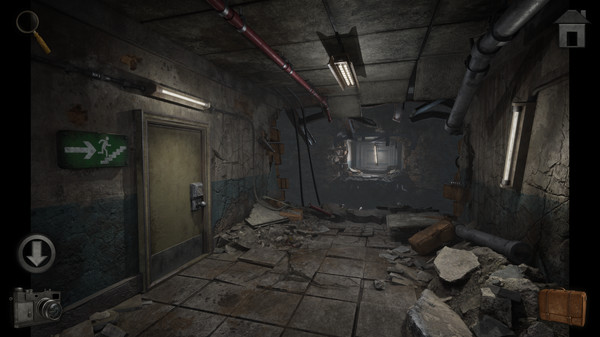

The original 13 colonies donated their western lands to the new union, for the purpose of giving land for new states. The Continental Congress passed the Land Ordinance of 1785 and then the Northwest Ordinance in 1787 to control the survey, sale, and settling of the new lands. In the 1783 Treaty of Paris recognizing the United States, Britain also recognized American rights to the land south of the Great Lakes and west to the Mississippi River.
#Meridian 157 chapter 3 ending explained manuals#
The PLSS has been expanded and slightly modified by Letters of Instruction and Manuals of Instruction, issued by the General Land Office and the Bureau of Land Management and continues in use in most of the states west of Pennsylvania, south to Florida, Alabama, and Mississippi, west to the Pacific Ocean, and north into the Arctic in Alaska. With little power to tax, the federal government decided to use the sale of the Western Territories to pay off war debt. The Confederation Congress was deeply in debt following the Declaration of Independence. The Land Ordinance of 1785 marks the beginning of the Public Land Survey System.

Before this could happen, the land needed to be surveyed. The government wished both to distribute land to Revolutionary War soldiers in reward for their services and to sell land as a way of raising money for the nation. Originally proposed by Thomas Jefferson to create a nation of "yeoman farmers", the PLSS began shortly after the American Revolutionary War, when the federal government became responsible for large areas of land west of the original thirteen states. Monument referencing the beginning point of the PLSS

Today, the BLM controls the survey, sale, and settling of lands acquired by the United States. The Surveyor General was later merged with the General Land Office, which later became a part of the U.S. Following the passage of the Northwest Ordinance in 1787, the Surveyor General of the Northwest Territory platted lands in the Northwest Territory. Beginning with the Seven Ranges in present-day Ohio, the PLSS has been used as the primary survey method in the United States.

Also known as the Rectangular Survey System, it was created by the Land Ordinance of 1785 to survey land ceded to the United States by the Treaty of Paris in 1783, following the end of the American Revolution. The Public Land Survey System (PLSS) is the surveying method developed and used in the United States to plat, or divide, real property for sale and settling. Zander as he is pushed to his wits-end in this final adventure.This 1988 BLM map depicts the principal meridians and baselines used for surveying states (colored) in the Public Land Survey System. With the most unique puzzles of the series, Meridian 157: Chapter 3 takes you to the source of the anomaly through a thrilling journey of mind-bending enigmas, perilous exploration and unsettling secrets of the island’s previous inhabitants. Zander into the heart of the facility to discover the sinister purpose behind the FLARE project, and to avert the impending disaster brought on by its conception.
#Meridian 157 chapter 3 ending explained series#
The epic conclusion to the Meridian 157 series has arrived! Follow Dr. Uncover the island’s dark history by travelling through crumbling caverns and mysterious laboratories, but be warned, some may not be too welcoming of your presence… DetailsYou have ventured this far, now there is no turning back.


 0 kommentar(er)
0 kommentar(er)
